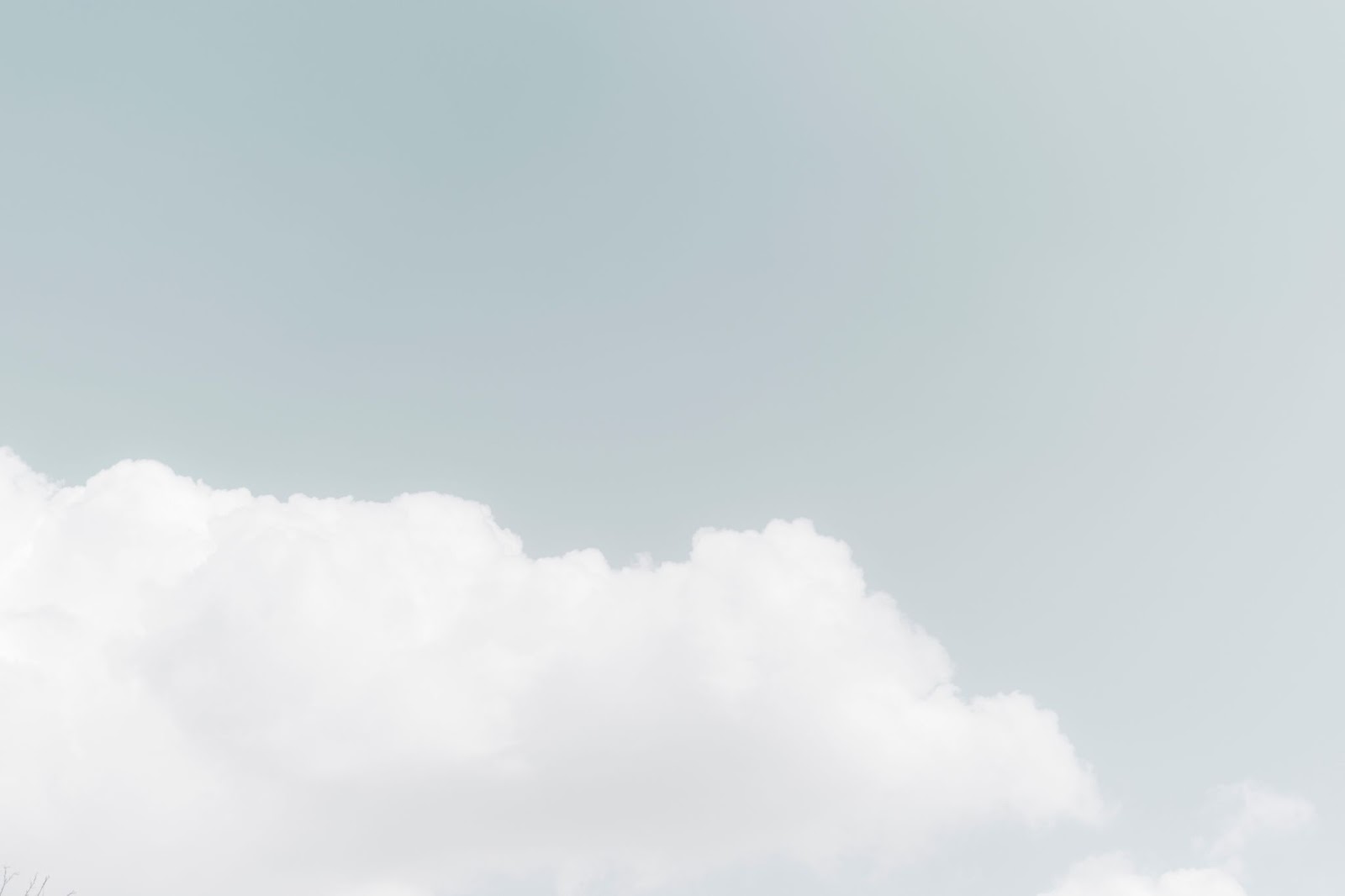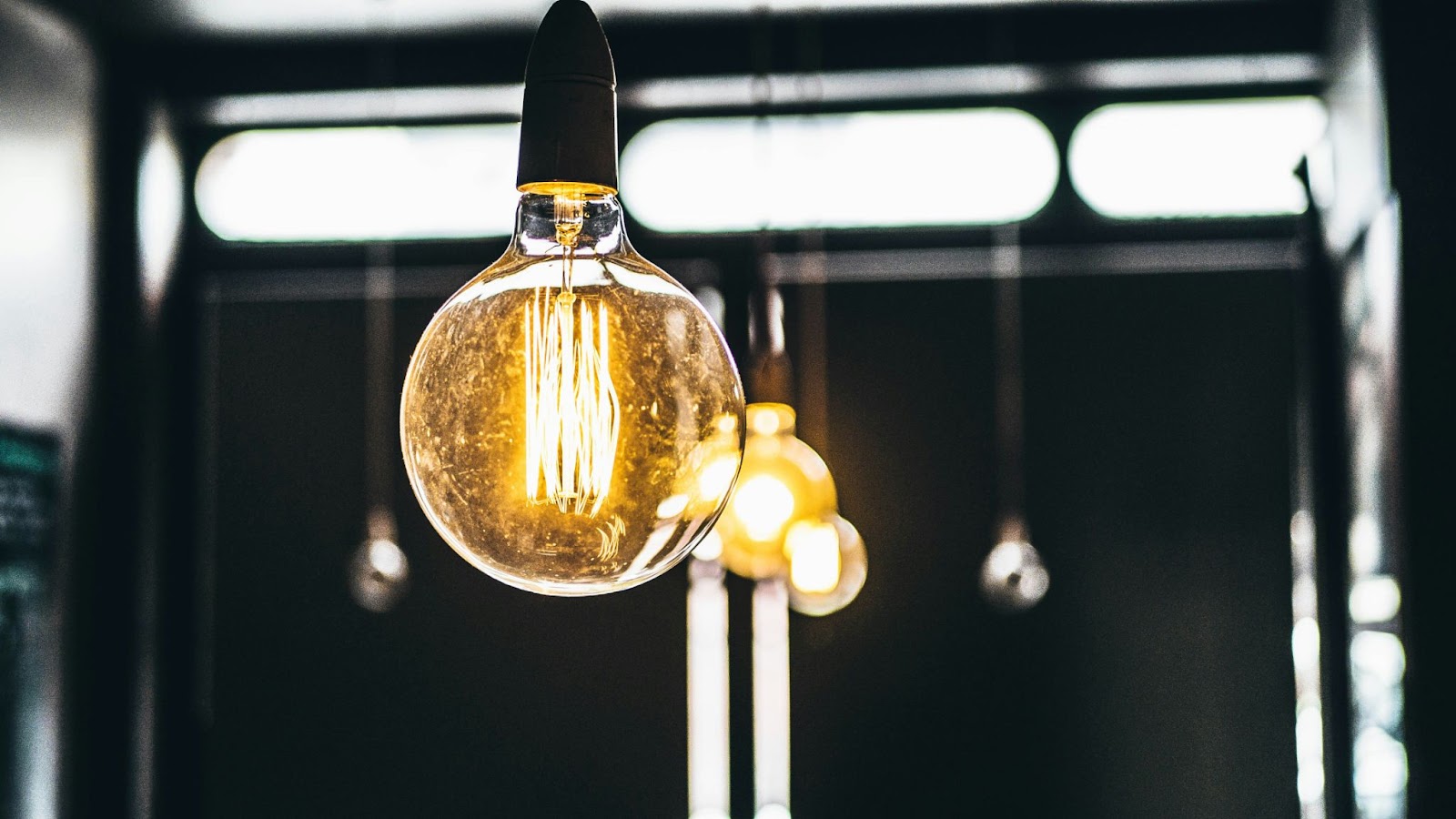
Welcome, photography enthusiasts, to a journey into the realm of white balance—an essential aspect of photography that can significantly impact the colors in your images. white balance may also be referred to as wb either on your camera or in this post. Today we’ll explore what wb is, why it’s crucial, and how to harness its power for creative photography. Whether you’re a beginner or an experienced shutterbug, understanding white balance can elevate your photography game. Let’s dive in!
Table of Contents
Why do we need white balance?
How is white balance measured?
Auto white balance
Daylight white balance
Shade white balance
Cloudy white balance
Tungsten white balance
Fluorescent white balance
Flash white balance
Custom white balance
How to use wb creatively
The Importance of Continuous Learning
Conclusion
Why do we need wb?
Understanding why wb matters is crucial for achieving accurate and natural colors in your photographs. It ensures that whites appear truly white, rather than having unwanted color casts. The key is finding the right balance that suits the lighting conditions, ensuring your photos accurately represent the scene.
How is wb measured?

Before we dive into specific wb settings, let’s explore how this essential element is measured. White balance is measured in Kelvins, representing the color temperature of light. As the temperature increases, light becomes cooler, while lower temperatures produce warmer tones. This knowledge is fundamental to adjusting white balance effectively.
Auto wb
The Auto wb setting is a convenient option for many situations. It allows your camera to analyze the scene and automatically adjust the color temperature. While it’s handy, keep in mind that it may not always produce the desired results, especially in challenging lighting conditions.
Daylight wb
Obviously used during daylight, this wb setting is perfect for capturing scenes in natural sunlight. It ensures that whites remain neutral, preventing the image from appearing too warm or cool.
Shade wb
When shooting in shaded areas, the Shade wb setting comes to the rescue. It adds warmth to counteract the cool tones often present in shaded environments, resulting in more balanced and lifelike colors.
Cloudy wb
Cloudy wb is designed for overcast days. Like Shade wb, it adds warmth to counteract the cool tones associated with cloudy conditions, helping your photos appear more vibrant and true to life.
Tungsten wb

Used in indoor settings with tungsten lighting, this wb setting counteracts the warm, orange tones associated with artificial lighting. It ensures that whites appear neutral and prevents an overly warm color cast.
Fluorescent wb

For environments lit by fluorescent lights, the Fluorescent wb setting is the go-to choice. It compensates for the greenish tint often present in fluorescent lighting, delivering more accurate and pleasing colors.
Flash wb
When using a camera flash, selecting the Flash wb setting is crucial. It balances the color temperature of the flash with the ambient light, preventing harsh shadows and ensuring a natural look.
Custom wb
For precision in unique lighting situations, Custom wb allows you to manually set the color temperature based on a white or neutral gray reference. This ensures optimal color accuracy tailored to your specific shooting conditions.
How to use wb creatively

Beyond correcting color temperature, wb can be a powerful tool for creative expression. Experiment with different wb settings to achieve unique and artistic effects in your photos. Play with warmth and coolness to evoke specific moods and emotions.
The Importance of Continuous Learning
Photography is an ever-evolving art form, and staying updated on new techniques and technologies is crucial. Keep experimenting, learning, and adapting to the ever-changing world of photography. Embrace challenges as opportunities for growth, and let your passion for capturing moments drive your journey toward photographic excellence.
Embracing Technology for Artistic Expression
With advancements in camera technology, photographers can now explore creative wb adjustments in post-processing. Software tools provide additional flexibility to fine-tune colors and experiment with artistic expressions, pushing the boundaries of traditional photography.
Conclusion
Congratulations! You’ve now unlocked the secrets of wb, a fundamental aspect of photography. Remember, mastering wb is an ongoing process, and the key is experimentation. For more information on other camera settings, check out my CAMERA SETTINGS DEMYSTIFIED blog post. Now, armed with this knowledge, go forth and capture the world in all its vibrant, true-to-life glory!